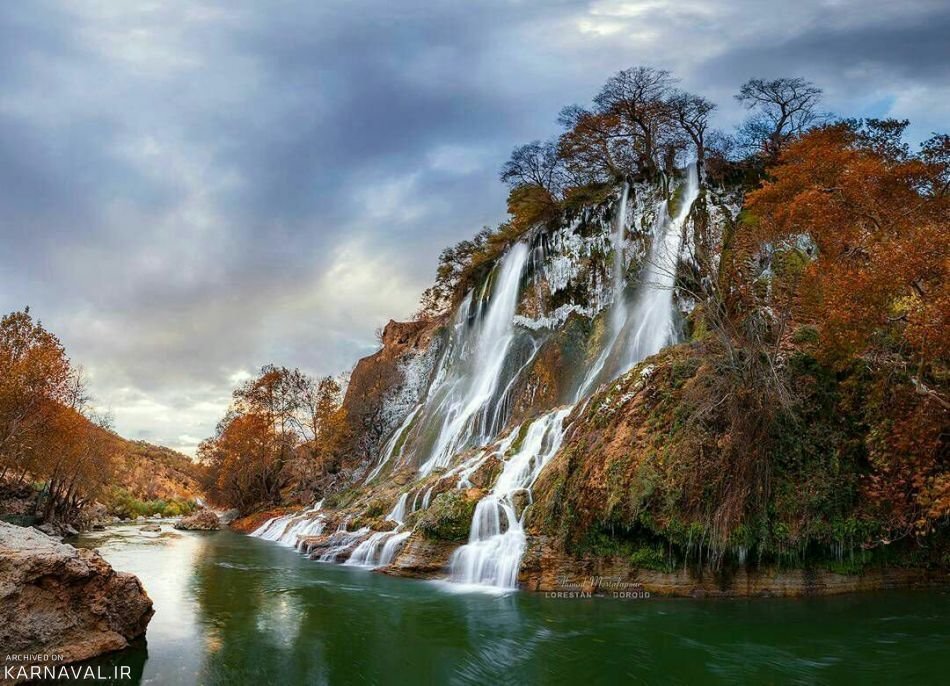Water tourism, an untapped potential in Lorestan

TEHRAN - The western province of Lorestan is a land of natural resources, waterfalls, and ever-flowing rivers, which holds great potential for boosting water tourism in the region.
Water tourism involves traveling to locations specifically to take part in water-based activities. It is also combined with vacation and holiday activities and is generally more popular in the summertime.
Ancient water structures such as qanats, wells, mills, bridges, dams, and canals, with a significant diversity in Lorestan, have attracted the attention of many tourists in the world.
There are also natural properties related to water tourism, including lakes, spas, wetlands, and waterfalls, which are considered natural treasures in a land that has always struggled with the lack of water.
The province is considered the land of springs and waterfalls and historic bridges, with about 60 unique waterfalls and 100 historic bridges.
So, for a majority of local and even some foreign travelers who stumble upon a waterfall with a substantial flow, it would be rather eye-catching and worthy to spend a few minutes of time.
There are over 300 waterfalls in the Iranian plateau, some of the most famous ones are Margoon in Fars Province, Rayen in Kerman Province, Latun in Gilan Province, Piran in Kermanshah Province, and Akhlamad in Khorasan Razavi Province.
According to statistics, about 12 billion cubic meters of drinking and freshwater is discharged from Lorestan province annually; While Lorestan farmers are not allowed to harvest enough of it, nor is it possible to build large dams on the roaring rivers of Kashkan, Zal, and Sezar, so in such circumstances the only way to benefit from this wealth and current opportunity is tourism.
There are few places in the country that have dozens of geotourism phenomena and more than a thousand historical water structures like Lorestan province, but despite having these capacities, this branch of tourism hasn’t been promoted well yet.
While promoting water tourism could bring more money to the tourism industry of the province, it also could help to preserve and protect historical and natural properties related to this branch of tourism.
Lorestan is a region of raw beauty that an avid nature lover could spend weeks exploring.
Lorestan was inhabited by Iranian Indo-European peoples, including the Medes, c. 1000 BC. Cimmerians and Scythians intermittently ruled the region from about 700 to 625 BC. The Luristan (Lorestan) Bronzes noted for their eclectic array of Assyrian, Babylonian, and Iranian artistic motifs, date from this turbulent period.
Lorestan was incorporated into the growing Achaemenid Empire in about 540 BC and successively was part of the Seleucid, Parthian, and Sasanid dynasties.
ABU/MG
